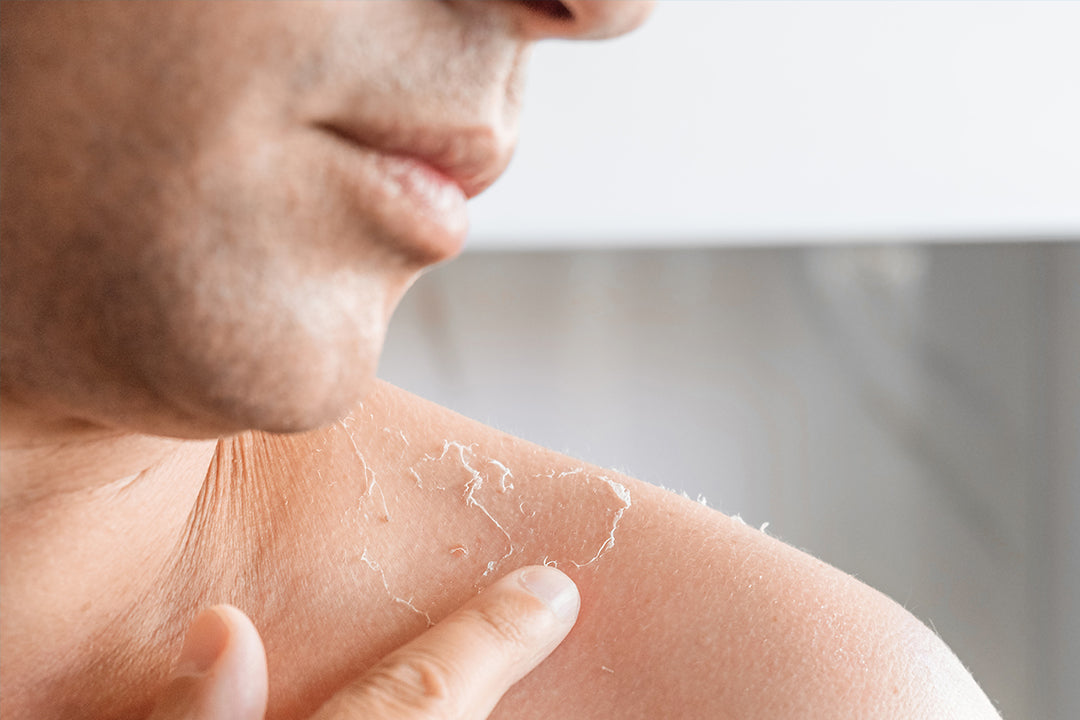Melasma is a skin condition that causes patches and spots, usually on the face, which are darker than your skin tone. It is most common in women and can be a result of hormonal changes, such as during pregnancy or while taking oral contraceptives. These brown to gray-brown patches typically appear on the cheeks, chin, nose bridge, forehead, and above the upper lip.
What can get rid of melasma?
While there is no cure for melasma, there are several treatments that can help manage the condition. One option is using topical creams or gels that contain ingredients like hydroquinone, corticosteroids, tretinoin, or a combination of these. These medications work by lightening the dark patches and evening out the skin tone.
Is melasma a type of cancer?
No, melasma is not a type of cancer. It is a benign skin condition that primarily affects the appearance of the skin. Although it can be distressing for those who experience it, melasma does not pose any serious health risks.
How can a board-certified dermatologist help with melasma?
A board-certified dermatologist is a medical professional who specializes in diagnosing and treating skin conditions, including melasma. They can provide personalized treatment plans based on your specific needs and guide you on the most effective management strategies. Dermatologists may recommend prescription-strength topical creams, chemical peels, or other medical procedures to help reduce the appearance of melasma.
Understanding Melasma
Melasma causes patches of dark discoloration on your skin. It is a pigmentation disorder that is more common in women than men. The exact cause of melasma is not fully understood, but hormonal changes, sun exposure, and genetics are believed to play a role.
How we vet brands and products
When it comes to choosing skincare products for melasma, it is important to select brands and products that have undergone thorough evaluation and vetting. Look for products that are formulated with effective ingredients, backed by scientific research, and recommended by dermatologists.
Symptoms of melasma
The main symptom of melasma is the appearance of dark, irregularly shaped patches on the skin. These patches are typically brown to gray-brown in color and can vary in size and shape. They most commonly occur on the face, especially on the cheeks, chin, nose bridge, forehead, and above the upper lip.
Causes of Melasma
Melasma is caused by a combination of factors, including hormones, sun exposure, genetics, and certain drugs and cosmetic products. Hormonal changes, such as those that occur during pregnancy or with the use of hormonal contraception, can trigger melasma. Sun exposure is also a major factor, as ultraviolet (UV) rays can stimulate the production of melanin, the pigment that gives color to our skin. People with a family history of melasma are also more likely to develop the condition.
Risk Factors of Melasma
There are certain risk factors that can increase your chances of developing melasma. Women are more likely to develop melasma than men, and it is more common in people with darker skin tones. If you have a family history of melasma or a personal history of other skin conditions, you may be at a higher risk. Hormonal changes, such as those that occur during pregnancy or with the use of hormonal contraception, can also increase your risk.
How is melasma diagnosed?
A dermatologist can diagnose melasma by examining the skin and evaluating the characteristic brown to gray-brown patches. They may also ask about your medical history, including any hormonal changes or sun exposure. In some cases, a skin biopsy may be performed to rule out other skin conditions.
Is melasma treatable?
While there is no cure for melasma, there are various treatment options available to help manage the condition. These treatments aim to lighten the dark patches and even out the skin tone. Prescription-strength topical creams or gels that contain ingredients like hydroquinone, corticosteroids, or tretinoin can be effective in reducing the appearance of melasma. In some cases, dermatologists may recommend chemical peels or other medical procedures to achieve optimal results.
Living with melasma
Living with melasma can be challenging, but there are steps you can take to manage the condition and minimize its impact on your daily life. It is important to protect your skin from the sun by wearing sunscreen with a high SPF, seeking shade, and wearing protective clothing. Additionally, using gentle skincare products and avoiding harsh ingredients can help prevent further irritation or worsening of melasma.









